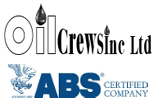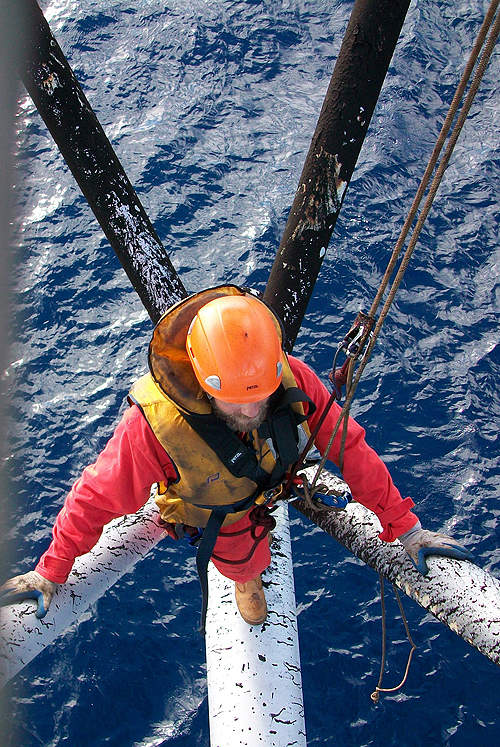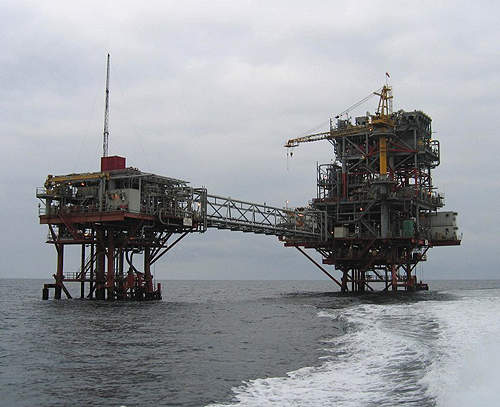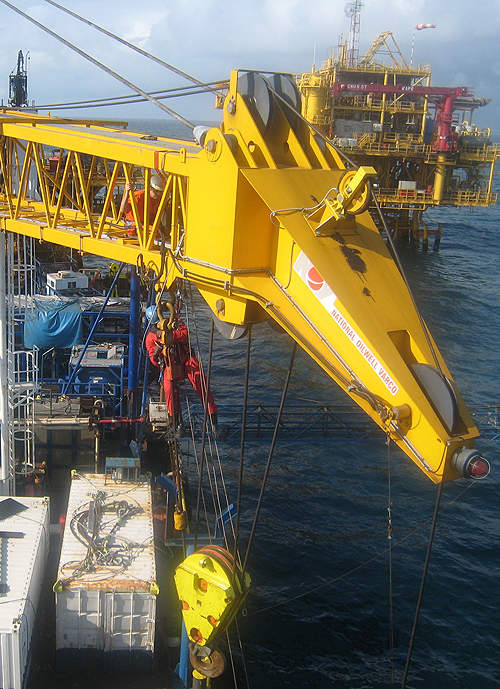OilcrewsInc Ltd is a dynamic rope access and maintenance company. We specialise in rope access NDT inspection services and provide a comprehensive package of inspection, maintenance and hookups, construction, repair and operational services to the oil and gas, marine and general industry. Our services are used by rig contractors, international oil companies, oilfield services companies and oilfield equipment manufacturers in West Africa and Saudi Arabia.
NDT inspection services
We are engaged in NDT inspection services incorporating rope access, including the following disciplines:
- Ultrasonic testing, magnetic particle inspection, dye penetration, eddy current, visual inspection and radiography
- FPSO topside maintenance incorporating rope access if required
- Stress analysis, calculations and vessel design to specific certification
- Condition monitoring and vibration analysis
- Hookups incorporating rope access
- Instrumentation contract personnel for the offshore oil and gas industry
- Inspection services
- Tubular NDT lifting and inspection services
- Inspection of oil well tubulars and rods, including but not limited to drill pipe, drill collars, well casing, production tubing, sucker rods and risers
- Vessels, cargo and fuel oil tank inspections, plating, piping, flanges, lugs, umbilicals, derrick inspection and drop surveys
- Crane and lifting inspection services
- Inspection of cables, blocks, winches, slings and lifting gear, gantry crane installation and inspection; reporting will be to your specifications
Our NDT inspection services include comprehensive reporting tailored to the client’s needs. Our priorities in the inspection discipline are safety first and we believe in quality report writing. We understand that the client is not always present for the inspection on-site and realise the importance of explicit report writing – this involves recommendations for repair. Any structural recommendations will have to be executed by a structural engineer however.
Condition monitoring for offshore equipment
Condition monitoring is the process of monitoring a parameter of condition in machinery, such that a significant change is indicative of a developing failure. It is a major component of predictive maintenance. The use of condition monitoring allows maintenance to be scheduled, or other actions to be taken to avoid the consequences of failure, before the failure occurs. Nevertheless, a deviation from a reference value (e.g. temperature or vibration behaviour) must occur to identify impeding damages.
Predictive maintenance does not predict failure. Machines with defects are more at risk of failure than defect-free machines. Once a defect has been identified, the failure process has already commenced and CM systems can only measure the deterioration of the condition. Intervention in the early stages of deterioration is usually much more cost-effective than allowing the machinery to fail.
Condition monitoring has a unique benefit in that the actual load, and subsequent heat dissipation that represents normal service, can be seen and conditions that would shorten normal lifespan can be addressed before repeated failures occur. Serviceable machinery includes rotating equipment and stationary plants such as boilers and heat exchangers.
FPSO condition monitoring and vibration analysis
We provide FPSO condition monitoring and vibration analysis, which includes routine vibration analysis, failure analysis, electrical circuit integrity testing, electrical reticulation thermal monitoring, and gearbox and motor monitoring.
Vibration analysis for rotating equipment
The most commonly used method for rotating machines is called vibration analysis. Measurements can be taken on machine bearing casings with seismic or piezo-electric transducers to measure the casing vibrations, and on the vast majority of critical machines, with eddy-current transducers that directly observe the rotating shafts to measure the radial (and axial) vibration of the shaft.
The level of vibration can be compared with historical baseline values such as former start-ups and shutdowns, and in some cases established standards such as load changes, to assess the severity.





